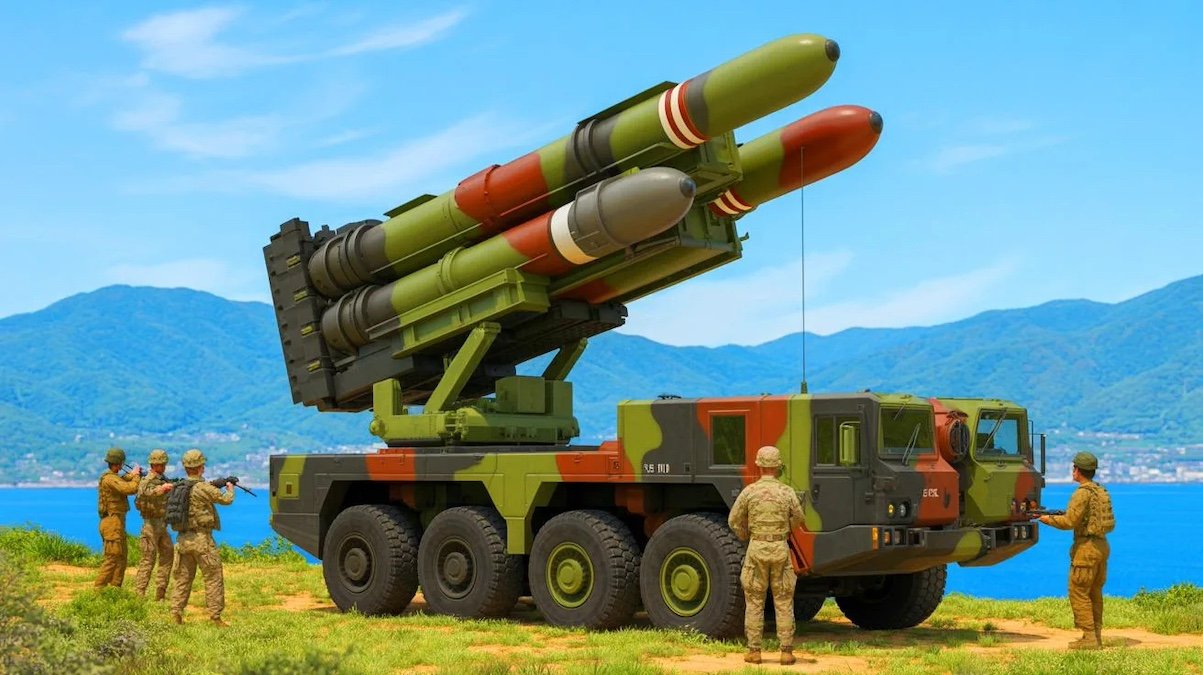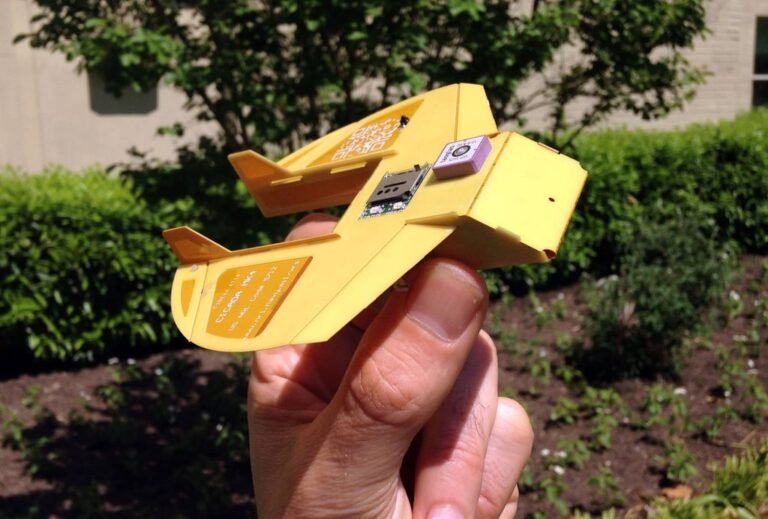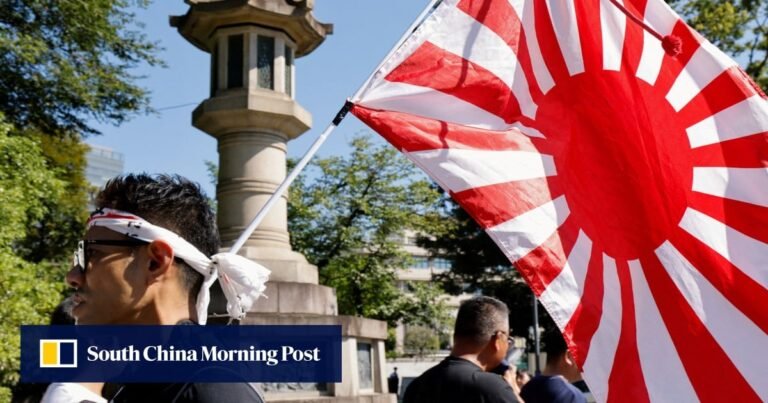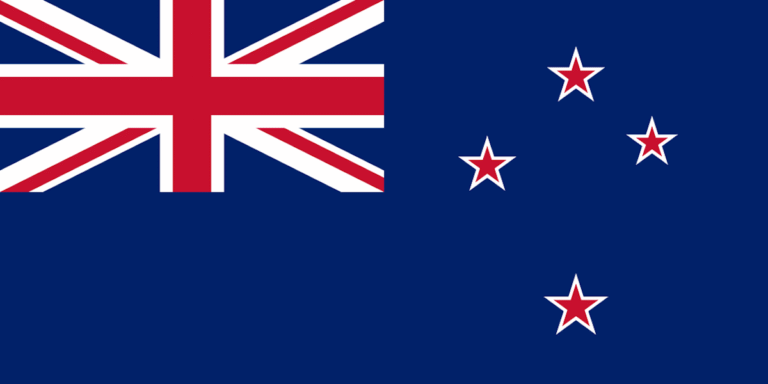Typhon in Japan changes the game — and China knows it
Amid escalating tensions in the Indo-Pacific, Japan is remilitarizing its Self-Defense Forces (JSDF) in a manner not seen since the end of World War II. To maintain a threshold of deterrence, Japan and the United States are growing their mutual defense capabilities to new heights. The United States military has deployed the Typhon missile system…
Amid escalating tensions in the Indo-Pacific, Japan is remilitarizing its Self-Defense Forces (JSDF) in a manner not seen since the end of World War II. To maintain a threshold of deterrence, Japan and the United States are growing their mutual defense capabilities to new heights.
The United States military has deployed the Typhon missile system to Japan as a major set of deterrence capabilities against a rapidly militarizing China. With major areas of responsibility to cover in its Northern territories and East and South China Sea, the Typhon can help the JSDF and US Forces Japan (USJF) enhance their rocket force if tensions continue to rise.
The Typhon is a mid-range capability missile launcher (MRC) for the SM-6 and Tomahawk cruise missiles. Designed by Lockheed Martin, the Typhon, also known as the Strategic Mid-range Fires System (SMRF), officially entered US Army use in 2023.
Utilizing the SMRF, US Army personnel can fill gaps in the military’s precision rocket fire inventory. According to Defense News, the decision to create the concept of the Typhon came from a strategic fires study by the US Army’s Futures Command Research and Analysis Center in mid-2020.
The Typhon can hit mobile targets up to 499 kilometers away with ground-launched hypersonic missiles. Included in the system are the Battery Operations Center (command), four vertical launchers (each with 16 missiles) and mobile trailers.
Depending on the type of missile, the mid-range capabilities of the Typhon allow US forces in the Indo-Pacific flexibility to counter targets on land and sea, such as enemy ships.
With the US shifting back to its amphibious roots, particularly with Force Design 2030, the Typhon MRC helps supplement various branches in the Asia-Pacific.
Although the system has been deployed in the Philippines since the Spring of 2024, the Typhon system was first used during Exercise Talisman Sabre 25 this past July at the Bradshaw training site near Darwin, Australia. The US Army’s 3rd Multi-Domain Task Force implemented the system, firing an SM-6 missile at a designated training target.
Following the successful exercise, the Pentagon announced that it had deployed the Typhon to Marine Corps Air Station Iwakuni in Japan. The system was unveiled during Exercise Resolute Dragon 25, in which the USFJ and the JSDF conducted joint training in maritime defense, littoral maneuvers and crisis response.
The Typhon system is now reportedly being eyed by various American allies. Germany, Japan and the Philippines have all expressed interest in purchasing the missile system.
As part of the country’s ongoing remilitarization, Germany’s Bundeswehr is eyeing the Typhon as part of the military’s strike capabilities. With growing threats from Russia, the Typhon is capable of striking Russian military bases in Kaliningrad, which is in proximity to Germany’s borders.
A Typhon for Japan would enhance the JSDF’s capabilities, as Tokyo’s adversaries, including China, North Korea and Russia, are also increasing their medium- and long-range missile stockpiles.
In late 2024, the Philippines announced plans to acquire the Typhon after being impressed with the system’s capabilities during exercises. Faced with Chinese naval (PLAN) threats across its vast maritime space, the Typhon gives Manila greater flexibility to react if armed provocations were to ensue.
Japan’s national defense and joint allied capabilities with the United States will be enhanced with the Typhon system under the littoral doctrine.
Currently, Japan faces significant maritime flashpoints that necessitate a growing American presence as part of the First Island Chain strategy to maintain freedom of navigation in the South China Sea.
Increasing PLAN incursions in Japan’s Economic Exclusion Zone (EEZ) in the East China Sea have nearly led to armed conflict. Now, with the US positioning the Typhon in the country, Beijing may think twice before engaging in further provocations.
The Typhon has the capability to strike moving targets, such as mobile rocket forces and naval ships, both of which are core functions of the Chinese military.
Currently, the Typhon system can hit coastal Chinese military bases from Japan, which gives the USFJ and JSDF command options to strike and hinder PLA logistics if a war were to occur.
Simultaneously, boiling tensions in the South China Sea are a major concern for American, Japanese and Filipino forces. Alongside the US-Philippines alliance, a crucial amount of Japan’s trade runs through the Luzon Strait in the South China Sea, which the PLAN could hinder or sever if armed conflict tilted in Beijing’s favor.
Furthermore, Japan recently ratified its own defense agreement with the Philippines, and with both potentially being the Typhon’s first customers, both Indo-Pacific countries have growing arsenals to deter and combat the PLAN if turbulence in US politics leads to a slow American response time in the event of a regional crisis.
Lastly, with provocations of stray intercontinental ballistic missile tests by North Korea that sometimes fall near the Sea of Japan, USFJ has additional options to counter the Kim Jong Un regime if a non-nuclear-tipped missile were to strike Japanese territory or American military bases directly.
The Typhon missile system is a crucial mid-range capability missile launcher needed to upgrade the US Army’s rocket and artillery capabilities amidst brewing conflicts in the Indo-Pacific.
With Japan increasingly becoming a flashpoint of aggression from China, North Korea, and Russia, stationing the Typhon to supplement the JSDF and US Forces Japan is timely and much needed for deterrence.
Julian McBride is a defense analyst and contributing editor at 19FortyFive.







